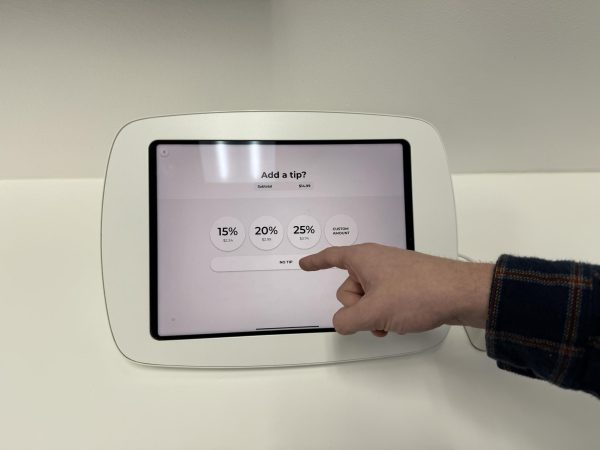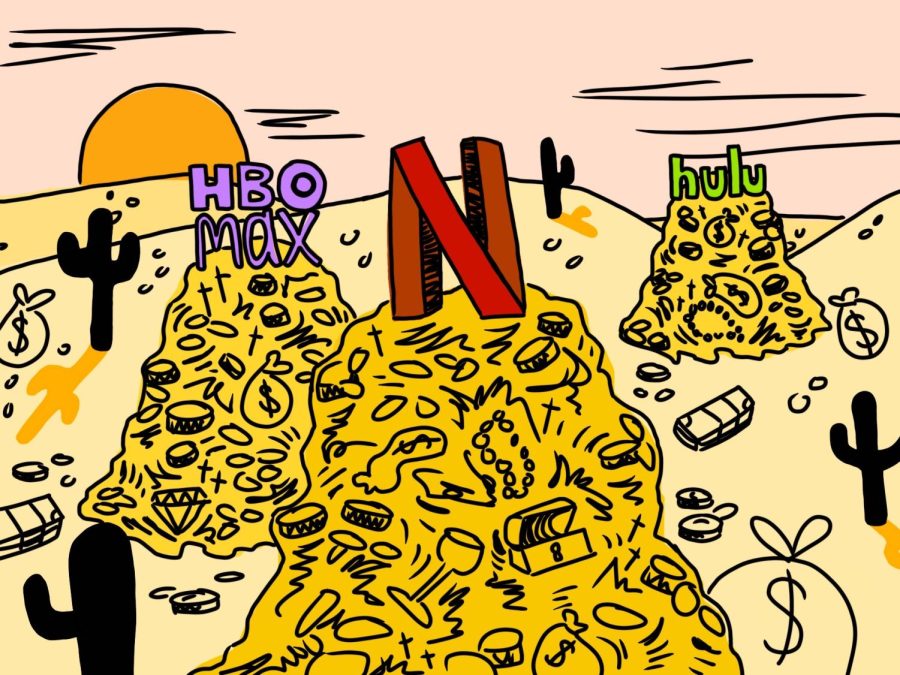Opinion: Streaming Services Empty Your Wallet
Media by Mason Kellerman
I joined Netflix when it was $9.99 a month. Since then, my subscription has jumped from the baseline of $9.99 to $13.99 in October of 2020.
As I was on my fourth “Gilmore Girls” rewatch over the long weekend, a pop-up appeared on my TV screen. Starting March 30, Netflix will charge my account $15.49 per month.
This came as a shock to me as someone who joined Netflix when it was $9.99 a month. Since then, my subscription has jumped from the baseline of $9.99 to $13.99 in October of 2020.
Netflix has justified such inflation by arguing they will continue to increase their price relative to the content they provide. However, as the years have gone by, Netflix’s content value has diminished.
Netflix has removed nearly all cult classic movies like “Twilight,” which holds a 4.5/5 rating on rotten tomatoes, and shows like “Friends,” which holds a rating of 4.8/5, replacing them with tacky Netflix originals like “Ginny and Georgia,” which has a 4.2/5 or the “Tall Girl” movies, which holds a 2.9/5.
So, this inflationary price is all for nothing.
Since Netflix is no longer a one-stop shop for all of my TV-watching needs, I’ve had to look to other streaming services to find the content that Netflix lacks. However, this comes at a hefty price.
Between Netflix’s price of $15.49, Hulu’s price of $6.99, Disney+’s price of $7.99 and HBO Max’s price of $14.99 a month, I will be spending $45.46 each month. Per year, that’s costing me $545.52.
Since the days of cable are long gone, the option of simply canceling these subscriptions isn’t a viable one, but one I’ve begun to consider.
The only true solution would be for these streaming services to either raise their content quality to match their absurd prices or for prices to be decreased entirely.
TV was intended for relaxation, not for emptying our wallets.
Your donation will support the student journalists of Marquette High School. Your contribution will allow us to purchase equipment and cover our annual website hosting costs. You may become a PATRON by making a donation at one of these levels: White/$30, Green/$50, Blue/$100. Patron names will be published in the print newsmagazine, on the website and once per quarter on our social media accounts.

Rue Siddiqui, senior, is the Co-Online Editor for the Marquette Messenger. This will be her third full year on staff. She is also a part of the Politics...

Mason Kellerman (he/him), senior, is the Illustrator and Web Designer for the Marquette Messenger. This will be his third year on staff. Mason is president...







